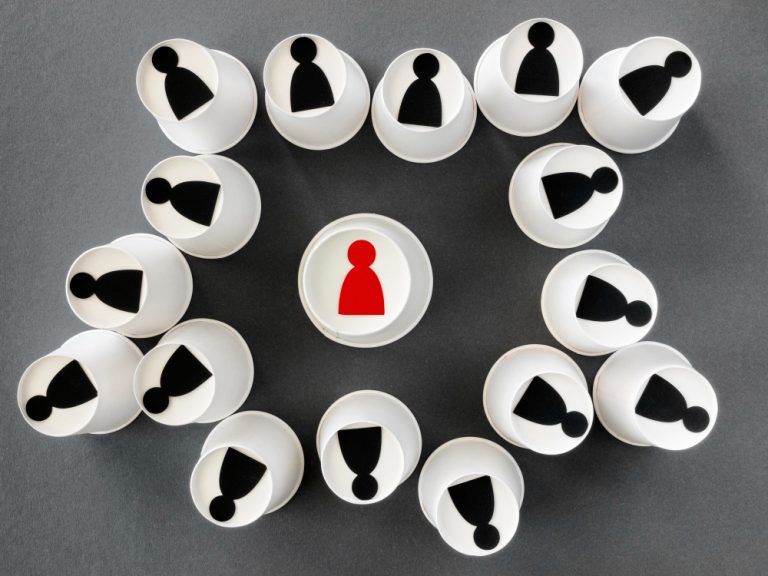
The Audience Effect How Others Influence Our Behavior
In the intricate dance of human interaction, the presence of others can exert a powerful influence on our thoughts, feelings, and actions. Known as the audience effect, this phenomenon highlights the profound impact that social context can have on our behavior. From the subtle nuances of everyday interactions to the grand stages of public performance, the audience effect shapes our decisions, attitudes, and self-perceptions in ways both subtle and profound. Join me as we explore the fascinating world of the audience effect and uncover its implications for understanding human behavior.
Feeling the Eyes Upon Us
At times, it can feel as though we are constantly under the microscope, acutely aware of the gaze of others upon us. This phenomenon, known as the spotlight effect, describes our tendency to overestimate the extent to which others notice and scrutinize our behavior. Whether we’re giving a presentation in front of a large audience or simply navigating a crowded room, the feeling of being watched can shape our behavior and self-perception in significant ways. Understanding the spotlight effect sheds light on our social anxieties and offers insights into the complexities of human interaction.
The Power of the Crowd
In the presence of others, our performance on tasks can be either enhanced or impaired, depending on the nature of the task and the level of expertise involved. This phenomenon, known as social facilitation, highlights the power of the crowd to influence our behavior. In simple, well-rehearsed tasks, the presence of others tends to improve our performance, leading to enhanced motivation and arousal. However, in more complex or novel tasks, the presence of an audience can lead to heightened anxiety and self-consciousness, impairing our ability to perform at our best.
Going with the Flow
The desire to fit in and be accepted by others is a powerful motivator that can lead us to conform to social norms and expectations. Whether it’s adopting the latest fashion trends, conforming to group norms, or following the lead of authority figures, the urge to conform shapes our behavior in myriad ways. While conformity can foster social cohesion and cooperation, it can also lead to groupthink and the suppression of dissenting opinions. Understanding the dynamics of conformity is essential for navigating social situations and maintaining our individuality in the face of group pressure.
Losing Oneself in the Crowd
In large group settings, individuals may experience a loss of self-awareness and a diminished sense of personal responsibility, a phenomenon known as deindividuation. In such situations, the anonymity and diffusion of responsibility afforded by the group can lead to a decrease in inhibitions and an increase in impulsive or antisocial behavior. From the anonymity of online forums to the anonymity of a crowded stadium, deindividuation can have profound consequences for social behavior, highlighting the importance of accountability and self-awareness in group settings.
Slipping through the Cracks
When working in a group, individuals may exert less effort and motivation than when working alone—a phenomenon known as social loafing. This tendency to “slack off” in group settings can arise from a variety of factors, including diffusion of responsibility, lack of accountability, and reduced identifiability within the group. Understanding the dynamics of social loafing can help us design more effective teamwork strategies and foster a culture of accountability and engagement within organizations and communities.
Navigating the Social Maze
The audience effect is a fascinating window into the complexities of human behavior, highlighting the profound influence that social context can have on our thoughts, feelings, and actions. Whether we’re navigating the spotlight effect, harnessing the power of social facilitation, or grappling with the pressures of conformity and deindividuation, our interactions with others shape our experiences and perceptions in profound ways. By understanding the dynamics of the audience effect, we can navigate the social maze more effectively, cultivating deeper connections, fostering collaboration, and empowering ourselves to make informed choices in the complex tapestry of human interaction.